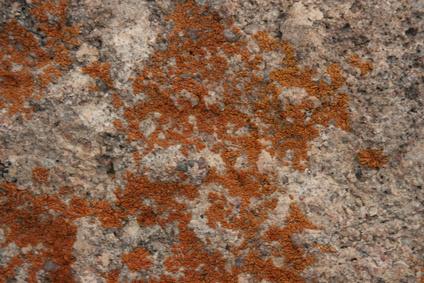Mold, that nasty, neon growth in the back of the fridge or along the shower, can sometimes be more than annoyance. Mold can cause serious allergies, leading to breathing problems such as asthma. If you notice breathing problems in yourself or your family members, address any visible mold and see a doctor to look for a specific strategy to minimize risk.
What Happens
Mold produces spores, tiny pieces of mold that travel around in the air, settling on food sources and warm places to grow more mold. These little pieces can be breathed in and settle into a person’s lungs. This is particularly dangerous for those who are allergic to mold. Once the spores have moved into the lungs, they can cause breathing problems or spasms.
Where to Find It
Mold spores are always in the air, but they are more abundant in buildings and areas full of mold. Mold loves damp, dark, warm places. It tends to collect behind walls, in crevices and under floorboards where you don’t clean very often. It might also collect on food items left to rot in the refrigerator or cabinet. If you suspect mold, you can seek it out with your eyes and nose. It may look black and dark green or bright green, yellow or other colors. It will smell poignant and musty.
Particular Risks
Because mold likes damp places, be aware of drippy or wet locations around your house. If you have had a leak, keep an eye on that area for mold growth. Watch around sinks, hoses and other water sources. Also look for condensation around air conditioners, water heaters, refrigerators and freezers. Wood, drywall, paper and other absorbent items can harbor moisture.
Cleaning It
If you discover some mold, it’s imperative that you remove the mold and clean the area. Physically remove anything that has been deeply infected. If food is full of mold, wrap it into a plastic bag, remove it from your kitchen and dispose. If the container is disposable, just throw it away. Otherwise, scrub out any mold and disinfect the container before reusing it. Replace drywall or boards that are infected with mold. Simply covering it does not limit its spread.
Preventing It
Keeping mold from growing is one of the best ways to prevent allergic outbreaks. If you discover a leak, immediately stop it and thoroughly dry the area. Don’t rely on a heater or fan to dry the area, as this will keep moisture and humidity in the area. Remove anything that is full of water, and physically dry anything that is removable.
Photo Credit
- mold on petrified wood image by MAXFX from Fotolia.com





